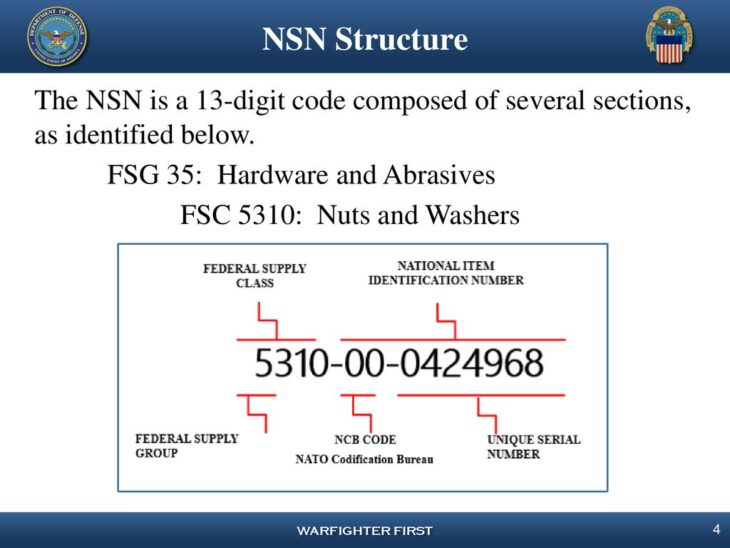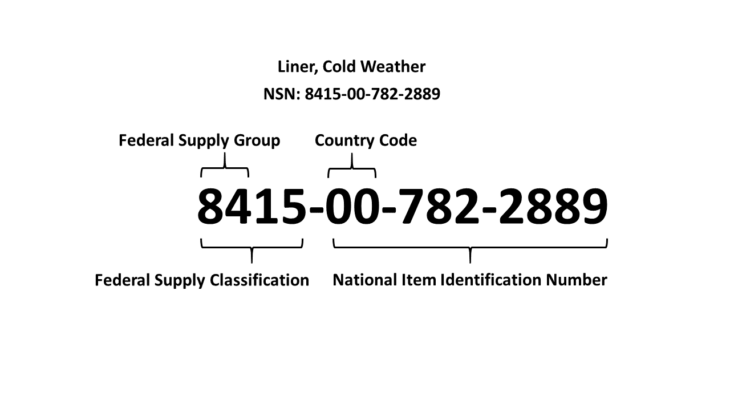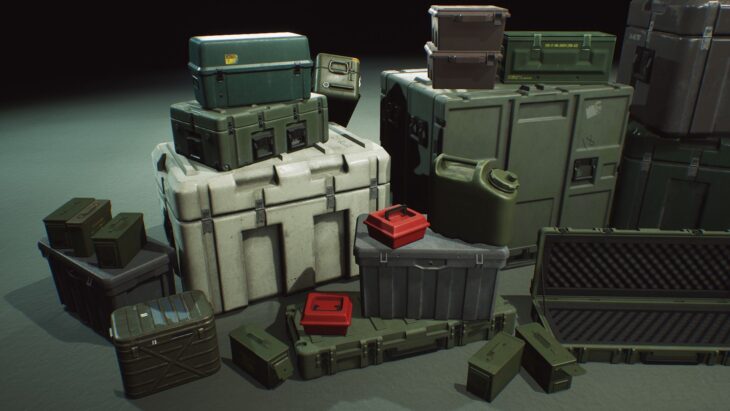All military items that can be used for national defense or for attacking an enemy must be entered into the Army-Navy Catalog System. The system involves assigning each item an 11-digit numeric code, along with a country code in numeral positions 5 and 6. For example, the United States’ code is 00.
The system was put into place in 1974 in the United States and was known as the National Stock Number (NSN).
Contents
National Stock Number System Spreads To NATO

img source: trt.net.tr
Over time, NATO adopted the United States’ system and member nations began to implement the system into their own militaries. Even some militaries outside of NATO have started to use the coding system to help them label their arsenals. An example of an American supplier of military parts is MySkyHawk.
How Is The NSN Database Used?

img source: slideplayer.com
The military parts NSN database is used to help other member states know where a military item originated from. In essence, the code applied to an item is the code that’s then spread through the NATO supply system as an item is moved, stored, stocked, and used.
As the NSN number is issued to a supply item, a description is added to the database to describe the item as well. Some different data parts for an item can include:
- The manufacturer’s name
- A reference number
- The original unit price
- Specific physical elements
The central database system allows for numerous languages to be used so different countries can discern the information. Multiple measurement systems are also used within the data system. The NSN database is a crucial part of military logistics to help countries and armies know how much they have of an item, help them track shipments, or assist them in knowing when they get rid of particular materials.
What Items Can A NSN Code Be Applied To?

img source: tacretailer.com
Although a NSN code is given to guns and other weapons used by militaries, the coding system can also be applied to other military equipment. In fact, the code can be granted to everything from truck parts, to paper towels, to small nuts and bolts.
The use of the NSN’s database allows for the standardization of an item’s name, along with the supply language. It also helps to reduce redundancies by removing duplicate pieces of equipment from a military’s inventory.
How Did The NSN Database Begin?

img source: pbs.org
Throughout the course of World War II, it wasn’t uncommon for multiple names to be given to a single item in the supply chain that was used by each military service. Due to this, it made it extremely confusing for military services to locate supplies in an efficient manner. It also made it difficult for military units to share items of the supply chain with other units in their own military or with their allies. As a result, the United States decided to build a system that would standardize naming conventions within the US military.
Beginning in 1949, the NSN database was originally known as the Federal Stock Number. However, in 1974 the FSN was replaced by the NSN database. The main difference between the two systems was that the FSN didn’t use the country code digits (since the system was only used in the US.) In the United States, the NSN is still commonly referred to as the National Stock Number, but in most other parts of the world the NSN is called the NATO Stock Number database.
NSN Database Use By Manufacturers

img source: pinterest.com
Outside of the military, the NSN also applies to manufacturers who provide military supplies. This takes place so that manufacturers do not use a different naming code from the military. If manufacturers utilized a different naming code, then a military unit could believe that they’re getting one thing, but they actually end up with a slightly different supply chain item than what they originally expected. Additionally, since every manufacturer is using the same language, supply chain providers do not have to waste time checking with the manufacturers to ensure that the military will be receiving the proper item. Before the NSN database was put into place, it was not uncommon for there to be supply chain flukes, and for there to be a deficit of one item and a surplus of another.
The Military Parts NSN Database Makes Military Units More Efficient

img source: english.alarabiya.net
Overall, the NSN database provides a central location for militaries to enter information about the supplies they have in stock. It allows them to quickly order items from their allies or manufacturers – even if those providers speak a different language or live halfway around the world.
